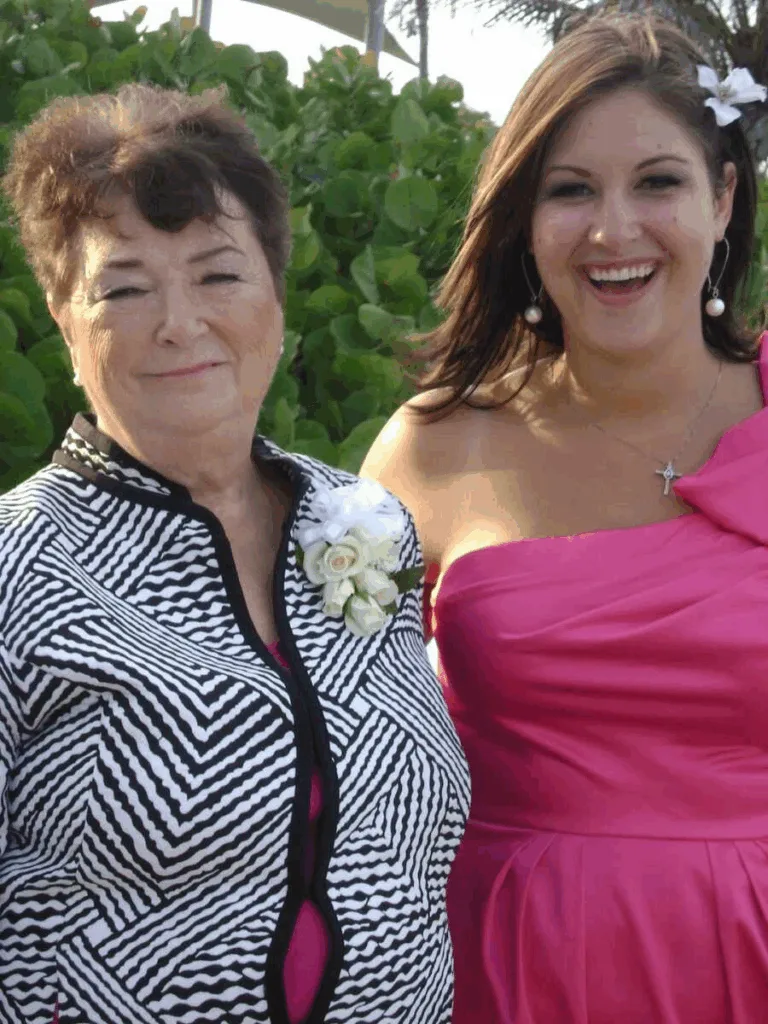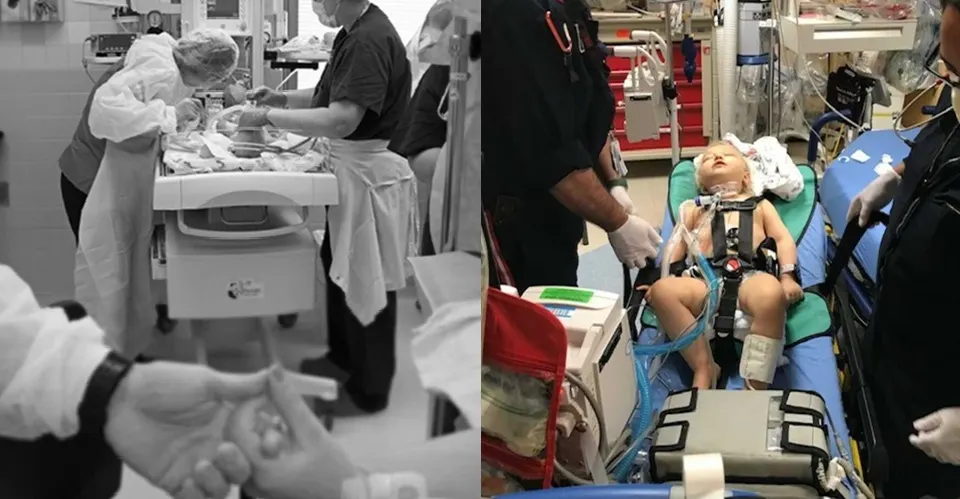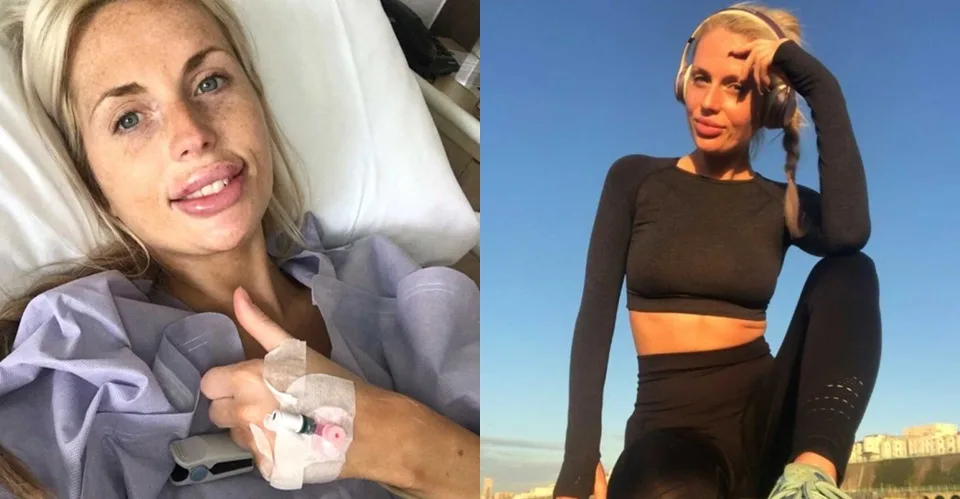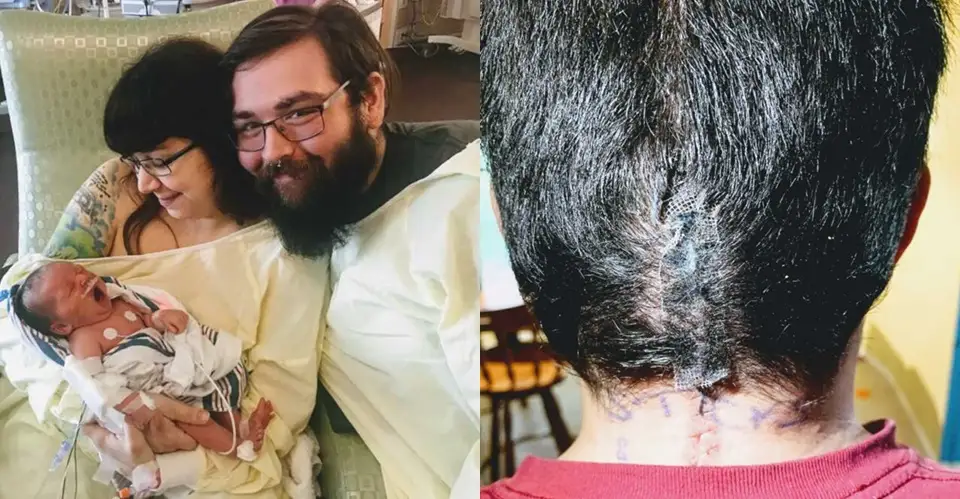She learned that love doesn’t erase the missing pieces; truth does, and every adoptee deserves both. She was born in the late eighties, when adoptions were closed and quiet. Her adoptive parents weren’t even allowed into the hospital; they met a lawyer in a breezeway, took home a two-day-old baby, and received an amended birth certificate that named them as parents but told almost nothing about her beginnings. The original certificate, with her birth parents’ names, was sealed by a Florida court.
She always knew she was adopted. Her mom kept a metal box with every scrap of paperwork and a tiny gold heart locket sent by her birth mother. When questions came, the box came out, and they talked. There wasn’t much to share, almost nothing about her father, a little about her mother, but her parents promised that when she turned eighteen, they would help her search. Her dad liked to say, “There’s enough love to go around.”
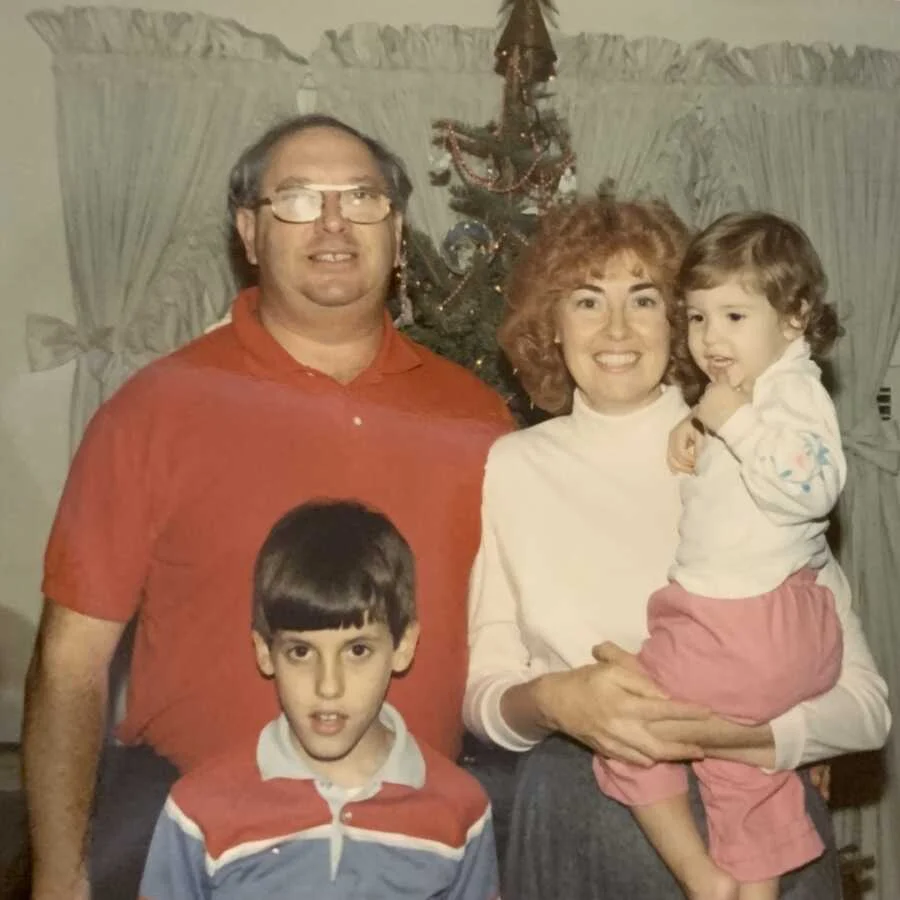
As a child, she looked for herself in strangers, olive skin, curly hair, and a love of singing. She wondered about the sister she’d been told about and whether others existed. She grew up in a loving home, but the blank spaces stayed with her. At eighteen, bored one night, she found an online adoption registry and typed in the few facts she had. She forgot about it until a December phone call from her hometown area code. “I saw your post,” a woman said. “I think I might be your birth mom.” Shock gave way to rapid-fire questions, and the answers matched.
They met the following week. Her mother cried when she arrived; a younger brother stood beside the sister she already knew existed. Before DNA kits and social media, their reunion felt improbable. Her mother lived behind a close friend’s house all along. After the dust settled, her adoptive mom encouraged her to find her birth father, too. She was reluctant; there had never been much interest or information, but she asked anyway.
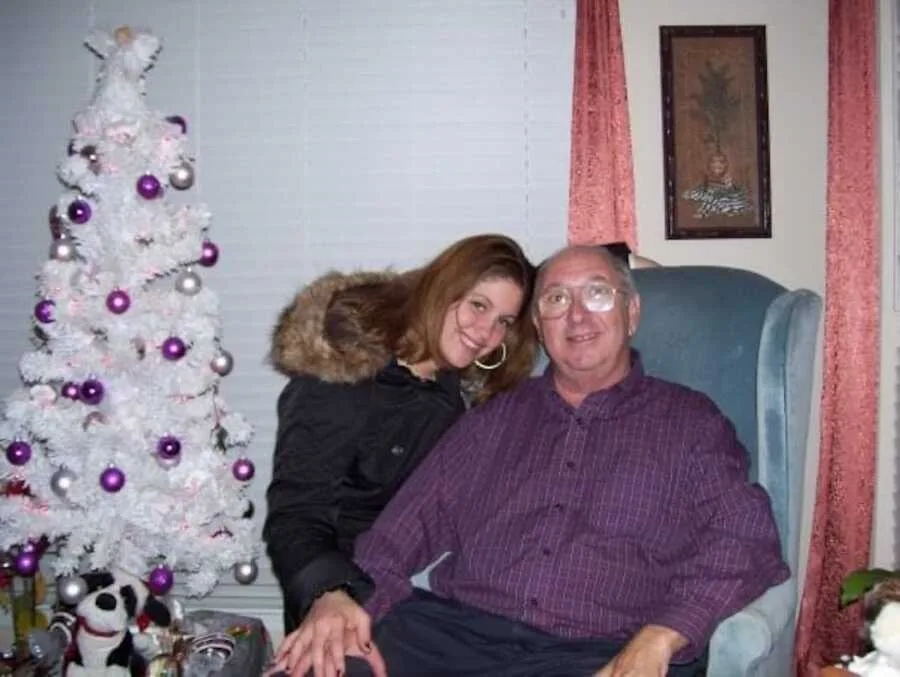
That’s when secrets spilled out. Her mother wasn’t sure the man who signed away parental rights was truly her father. Years earlier, her mother had a short affair with the married attorney who represented her in court. It was ugly to admit, but she told the truth and handed over what she knew. Armed with a list of names from the phone operator, she started calling. Midway down the list, a family picked up, went quiet, and put a man on the line.
He agreed to DNA testing, met her, and was not her father. That left the attorney. On Valentine’s Day 2005, she walked into his office. He recognized her immediately; she looked just like her mother. He pulled her into a conference room and coolly asked what she wanted. “A DNA test,” she said. “I just want to know where I come from.” He agreed, privately, keen to keep his family from learning the truth. The test said what he already knew: he was her biological father.
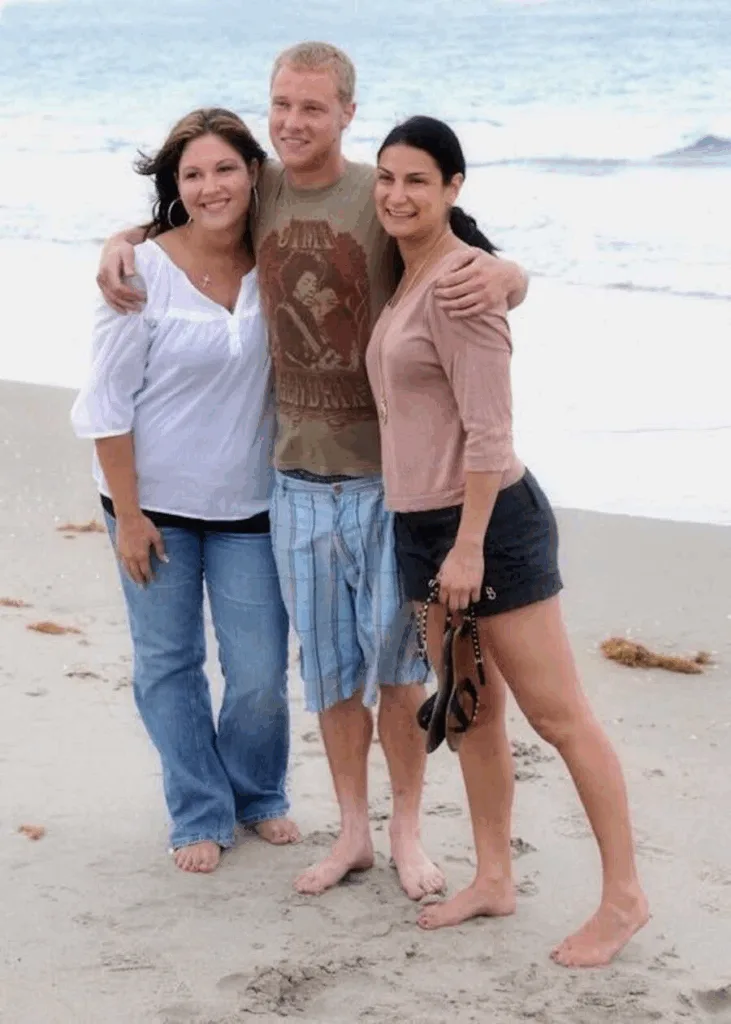
There was one awkward lunch. He flirted with the waitress’s shorts, refused to answer family or medical questions, and shared nothing of himself. That was the last time she saw him until a 2017 charity 5K, when they locked eyes, and he literally ran the other way because his daughter and granddaughter were nearby. He kept his secret. She refused to carry it. Over the next eighteen years, she built a steady, loving relationship with her birth mother and that whole side of the family.
She had never been a secret to them; people knew about the baby placed long ago. They welcomed her. She thought her father might do the same. He didn’t. As she grew older, she learned the language of adoption: the “triad” of birth parents, adoptive parents, and the adoptee, the person in the middle who had no say yet lives with the consequences forever. She believes adoptees are too often asked to be grateful without being allowed to grieve. If a child lost their family in a plane crash, we’d offer compassion; adoptees also lose a whole family, and sometimes culture and medical history, yet receive altered documents and closed doors.
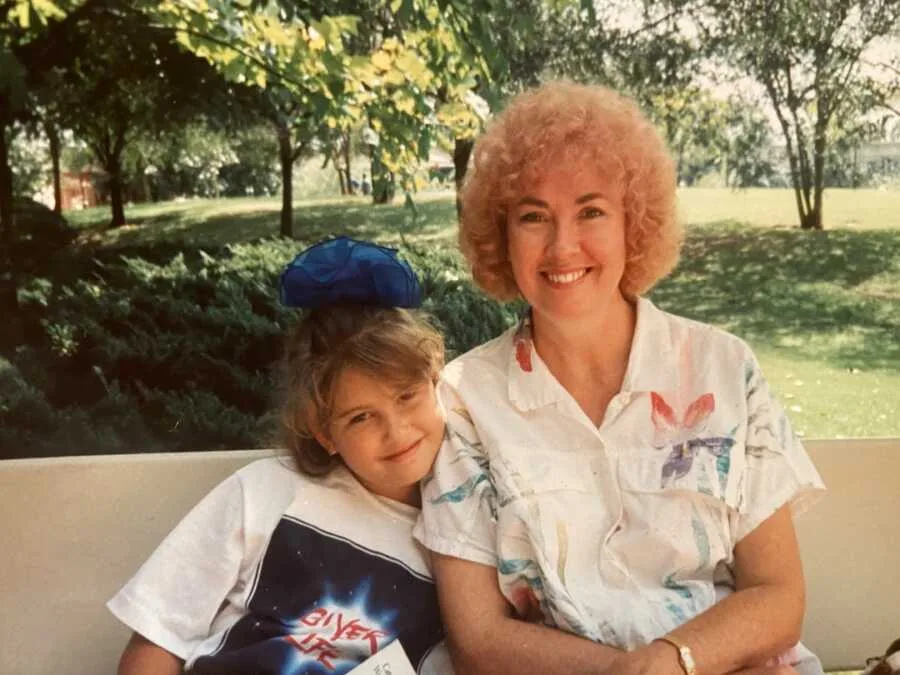
She argues that adoptee rights are human rights: the right to identity, medical information, and truth. She can hold two truths at once. She is deeply thankful for the parents who raised her and still mourns the family she lost. She loves her mother, who chose adoption and wishes the system had allowed openness from the start.
Her birth mom says that if she could change one thing, she would have insisted on an open adoption and regular photos. In the late eighties, that wasn’t offered. A few years later, it began to be. She tells her story to make space for others like her, to show that love and loss can live side by side, and that honesty is kinder than secrecy. She grew up with a metal box and a gold locket; now she carries a clearer, more accurate record of who she is.
